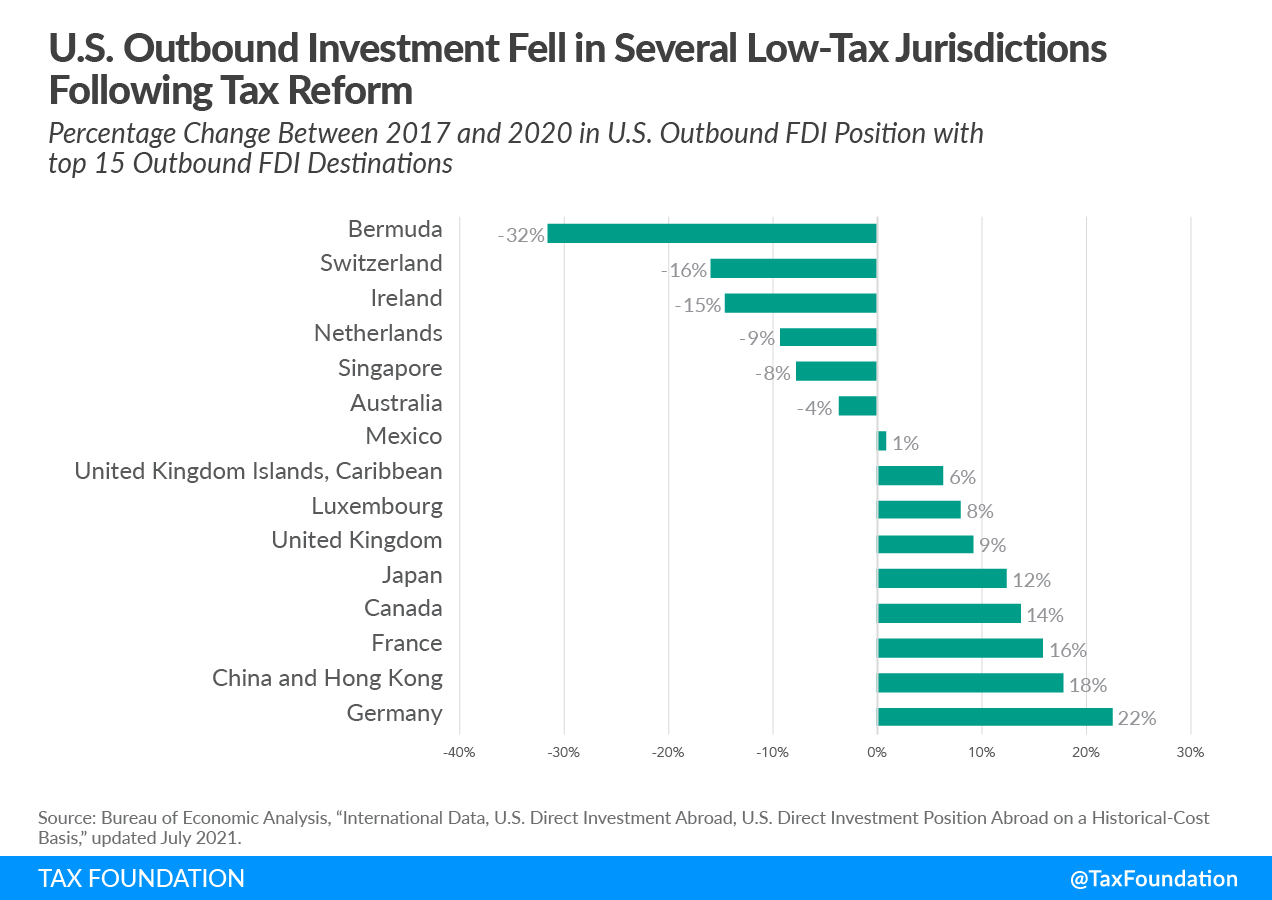How to Save for Retirement if You Are Self-Employed
Being your own boss comes with a variety of perks. But it also forces you to handle work typically taken care of by a human resource or finance department.
For example, you must find your own healthcare plan and deduct taxes from your paycheck. And, when it comes to saving for retirement, it’s your responsibility to start a savings fund.
Here are a few things to keep in mind as you plan to retire while self-employed.
You’re in charge of your future.
As the boss, getting distracted from your financial needs is easy. You’re often too busy concentrating on the business’s success to remember to save for life down the road. Or, maybe you put too much trust in the idea that you’ll eventually make it big and become incredibly wealthy. In which case, you forget about saving for retirement now.
In either scenario, it’s always wise to have an alternative plan in place. You know the saying — better safe than sorry!
Save 40 percent of your paychecks.
As a freelancer or contractor, the general rule of thumb is to save 30 percent of your paychecks. Doing so will help you set aside enough money to pay Uncle Sam.
But what if you upped the ante to 40 percent? With that extra 10 percent, you can create a savings fund for retirement and other financial goals.
Fund your own retirement plan.
Traditional employees typically have two options regarding retirement accounts through an employer; they can choose between a 401(k) or 403(b). On occasion, some people have access to pensions, but 401(k) and 403(b) are the most common.
If you’re unfamiliar, a 401(k) is an employer-sponsored retirement plan funded with pre-tax dollars. The employer offers a company-match program to supplement employee contributions in various cases. That means they contribute a percentage of money to the account based on factors like the employee’s annual contribution or total salary.
On the other hand, a 403(b) plan is commonly offered to specific public school employees, tax-exempt organizations, and some ministers.
You no longer have access to those plans or the employer match as your own boss. But you do have the luxury of picking your retirement plan from a broader range of options.
Discover what’s out there.
As you think about retirement, take the time to learn about the benefits of each plan.
SEP IRA:
A Simplified Employee Pension (SEP-IRA) is a simple way for a one-person business to start saving. There isn’t a company size minimum requirement, and in 2022 you can contribute the lesser of 25 percent of your total compensation or $61,000 (increasing to $66,000 for 2023). Contributions to SEP-IRAs are tax-deferred, which means you won’t owe any federal income tax on your contributions until you withdraw the money.
SIMPLE IRA:
The Savings Incentive Match Plan for Employees (SIMPLE IRA) is a tax-deferred, employer-provided plan. It allows employees and employers to contribute to a traditional IRA set up for employees. This is an excellent option if you don’t want to provide full retirement benefits.
In 2022, you can contribute up to $14,000 to a SIMPLE IRA ($15,500 in 2023). Remember that employers must match contributions up to a certain percentage of your pay.
Solo 401(k) or One-Participant 401(k):
If you have zero employees, consider a Solo 401(k). This plan follows the same rules and requirements as a traditional 401(k) but only covers you and your spouse (if applicable). You can make contributions as a business owner and an employee.
As an employee, the contribution limit in 2022 is $20,500 — just like other 401(k) plans (this will increase to $22,500 in 2023). As the employer, you can contribute up to approximately 25 percent of your compensation, depending on your legal structure.
IRA and Roth IRA:
With traditional IRAs, contributions are generally tax deductible and not subject to income tax until withdrawn. On the other hand, Roth IRAs allow you to put money in post-tax, making withdrawals in retirement tax-free.
Both plans have income phaseout limits on contribution deductions and max out at contributions of $6,000 ($7,000 for those 50 or older). In 2023, the contribution limit will increase by $500 to $6,500.
Get the help you need.
It’s typically easier to set up a 401(k) because your employer handles most of the back-end work.
But, when you’re the boss, tackling the process by yourself sometimes feels intimidating.
Fortunately, brokerages are more than happy to help support you. Firms like The Vanguard Group, Fidelity Investments, and Charles Schwab Corporation offer options to help you set up the retirement plan that best fits your situation.






